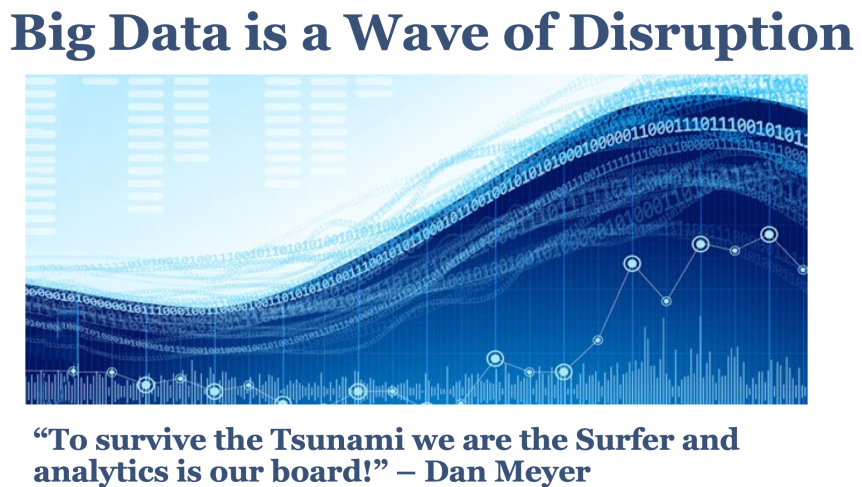Having some time off between speaking gigs, I have been reflecting a lot on how to level up what I do. I have been talking about analytics, data science and lately artificial intelligence all across the United States and the Philippines.
I’ve trained over 8,000 analysts, given over 200 talks and worked on over 50 big data projects the past several years. In that time I have learned a lot about how I deliver content and empower my audience.

I have heard at least 500 talk from other speakers and watched 100’s of video talks. So when I reflect on my speaking, I take all this in. I came up with these tips:
· Design each talk so that it mirrors what one would get from the 1st hour of coaching.
· As a speaker, you have about seven seconds to solidity first impressions, what do you do in your first 7 seconds?
· You need to be selective with your content. You can’t help everyone, so don’t try. Focus on giving content to those who are ready to make sense of it.
· I get paid for access to my brain. Think of coaching and training with an expert that way. How valuable is to have insight into the mind of an expert.
· What is your post interaction accountability? How are attendees held accountable to stick to their initial acknowledgement that this is an area where they need help?
· Meet with 2 people a day, follow up with each one personally. This is so much harder than it seems. Automate it, outsource it, do what it takes to keep it going.
· Develop a physical product you can giveaway that take people back to your story and ties them to an emotional experience. Something to do with being a self-taught data guy.
· Prior to the event, develop a purpose driven message. Create 2–3 talking points and a call to action (attend). Use both storytelling and story selling.
When I talk, it is always a process of evolution. Taking these steps to enhance my talks will allow me to deliver even more value, not just as a speaker, but a consultant, trainer and coach as well.

Daniel Meyer heads Sonic Analytics, an analytics firm with offices in Manila, the San Francisco Bay Area and as of February 2019, Ocala, FL. With over 20 years in Big Data, Dan is one of the most sought-after public speakers in Asia and offers big data coaching and analytics training seminars on both sides of the Pacific. Dan has also recently joined the Powerteam International family as a small business analytics resource speaker.
Sonic Analytics(www.sonicanalytics.com) brings big data analytics solutions like business intelligence, business dashboards and data storytelling to small and medium sized organizations looking to enhance their data-driven decision-making capabilities. We also advocate the use of analytics for civic responsibility through training, consulting and education.
As citizens of this great democracy, we need to look at the data (analytics), plan a course of action (strategy) and share our data-driven viewpoints (presentation). This approach to a data savvy work force starts in school. So, we started an internship program to empower our youth to use Analytics, plan Strategy and Present their insights… ASP!
When not training current and future analysts, you can find Dan championing the use of analytics to empower data-driven citizenship by volunteering his expertise with schools and non-profits dedicated to evidence-based social progress like Saint Leo University’s Women in STEAM 2020 Conference.



















 And be the first one to learn and know what is in demand. We are here to supply you knowledge and provide you a strong foundation in analytics. We have the same curiosity when it comes to analytics? Trust me, I’m not a big fan of numbers, but I’m wrong, I never thought analytics also plays a role in giving us a perception through
And be the first one to learn and know what is in demand. We are here to supply you knowledge and provide you a strong foundation in analytics. We have the same curiosity when it comes to analytics? Trust me, I’m not a big fan of numbers, but I’m wrong, I never thought analytics also plays a role in giving us a perception through 


 Don’t worry, we are here to teach you the important fundamentals of data analytics step by step in a layman’s term.
Don’t worry, we are here to teach you the important fundamentals of data analytics step by step in a layman’s term.